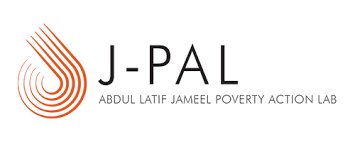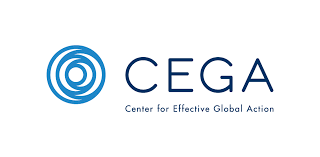The Challenge
Agriculture in Mali is mainly composed of smallholder farmers who have limited access to agricultural inputs like seeds, fertilizers, and insecticides.1 The absence of input markets is a main feature of rural agricultural systems in Mali. Informal supply chains make it difficult for small-scale agricultural input dealers to meet demand from farmers, and high costs of transportation make inputs expensive.2 To address these challenges, the National Union of Agro-Input Dealers (UNRIA) and Soro Yiriwaso—a microfinance institution—organized Village Input Fairs which bring together dealers, farmers, and microfinance institutions.
The Evaluation
In collaboration with UNRIA, Soro Yiriwaso and IPA Mali, researchers conducted a randomized evaluation to measure the impact of varying contract terms of input purchases and access to credit on farmers’ decisions to buy and use agricultural inputs at Village Input Fairs (VIFs). The intervention took place in 140 villages in four regions of Mali. The villages were randomly assigned to one of the seven groups, comprising 20 villages each.
In four of the groups, the VIF was organized after the previous season’s harvest, and farmers had to pay a deposit of either 10 or 50 percent on the input that they would order. In two of the groups, credit was offered to the farmers, allowing them to either pay the balance themselves or request to access a loan which would be activated upon the delivery of the inputs at the beginning of the planting season. The groups varied as follows:
- Group 1: 10 percent deposit and no credit offered.
- Group 2: 50 percent deposit and no credit offered.
- Group 3: 10 percent deposit and credit offered.
- Group 4: 50 percent deposit and credit offered.
In two other groups, the VIF was organized at the beginning of the planting season. Farmers in Group 5 were offered the option of a loan from the microcredit institution which then made a payment to the input dealer. In Group 6, farmers were not offered a loan and had to pay for inputs directly. In Group 7, which served as the comparison group, farmers did not have a VIF in their village.
Results
Overall, Village Input Fairs increased farmers’ demand for input, input adoption, and household labor supply relative to the comparison group, except when the fair was held both during the planting season and without access to credit (Group 6). The effects were stronger when the VIFs were organized in the post-harvest period and with credit access. However, the study did not find significant impacts on agriculture production after one agricultural season. Demand for fertilizer increased, with increases ranging across the VIF groups from 20 to 28 percent, while fertilizer usage increased by between 9.5 and 13.7 percentage points, depending on the VIF group. Altogether, VIFs address the last mile problem of missing markets in rural areas.
Cost-effectiveness
At an estimated USD 100 per fair, Village Input Fairs are considered to be a cost-effective approach to promoting input market development.
Policy Impact and Implications
Based on these findings, researchers are working with IPA and local agriculture and microfinance partners to investigate how to scale up the village input fairs in Mali. A total of 150 villages (600 thousand farmers) in the Bougouni and Sikasso regions are participating over two years:
Year 1: input fairs for 75 villages
Year 2: input fairs for 150 villages
This research will address the effectiveness of private sector scaling strategies for interventions on input demand and supply side ag-dealers. Market building costs reduce as these innovations scale and ag-input dealer businesses grow. Compared with the existing solution of government subsidies, market-building innovations have much lower costs and equity. Given that there are no requirements for participating, village input fairs allow for greater access for all farmers, including underserved groups like women.
Village Input Fairs continue to demonstrate potential for improving input accessibility, market viability, and farmer welfare across regions. Scaling efforts expanded to Ghana in October 2024, with a planned three-year implementation strategy.
Sources
1. Ritchie, Hannah. 2021. “Three billion people cannot afford a healthy diet.” Our World in Data,
https://ourworldindata.org/diet-affordability; Roser, Max. 2023. “Employment in agriculture.” Our World in Data, https://ourworldindata.org/employment-in-agriculture.
2. USAID, “On the functioning of agricultural markets in Mali: Strategies for development”, USAID, 2018
Implementing Partners





Funding Partners















